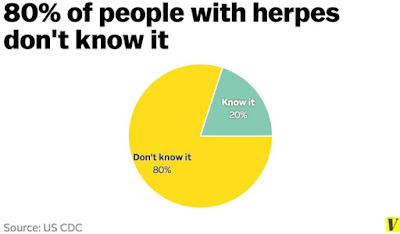 |
| clarius probes |
Mobile
Ultrasound developed by Clarius Mobile Health got the FDA 510(k) clearance
for its C3 and L7 Clarius wireless ultrasound scanners on December 14, 2016.It
has been rated as top technical innovation of 2016, that can change the medical
device industry.
Founded in
2014 by Laurent Pelissier, Clarius Mobile Health merges the power of mobile
phones, advanced technology, and decades of collective ultrasound experience to
produce high quality, point-and-shoot mobile ultrasound devices.
Clarius is
based at VANCOUVER, British Columbia.
The device uses just about any iOS or Android phone or tablet as the display. A Clarius
app is used to control the transducers and displaying the visualizations.
Clarius’ultrasound scanners are mobile devices compatible with Apple iOS and Google Android devices, the
company said.[i]
The scanners
are powered by a rechargeable battery that will last for more than 45 minutes of scanning
and up to 7+ days of stand-by power.
Two
batteries and a charger are delivered with each Scanner. Built with a magnesium
case, Clarius Scanners are designed to withstand challenging environments and
are water submersible for easy cleaning and disinfection.
With
automated gain and frequency settings it is as easy to use as a mobile camera.
"Physicians
have been asking for a portable ultrasound system that works with their iPhone
for some time," said Laurent Pelissier, Chairman and CEO of Clarius
Mobile Health. "The challenge has been to make an affordable device
that is small enough to carry around and that also produces great images.
I'm happy to say we've succeeded in creating a product that will enable more
clinicians to use ultrasound anywhere to improve patient care. It's as easy to
use as a mobile phone camera."
2016 was the
200th anniversary of the stethoscope and every doctor will eventually hold a
hand-held ultrasound that can be used in daily practice, just like a
stethoscope believes Laurent Pelissier,
CEO of Clarius.
"Clarius
is the future of patient care. The image quality is amazing for any scanner,
much less one that fits in my pocket," said Dr. Steven Steinhubl,
Director of Digital Medicine at the Scripps Translational Science Institute.
"The ability to wirelessly connect it to any Apple or Android device
means that anyone on my team can use it with whatever they already carry around
in their pocket."
This mobile ultrasound
startup is reshaping the $ 6 billion healthcare market. [ii]
In the
United States, Clarius Ultrasound Scanners start at $6900.
Clarius will
be available with Color Doppler on its premium offering, which will be priced
higher than its entry-level black and white model.














